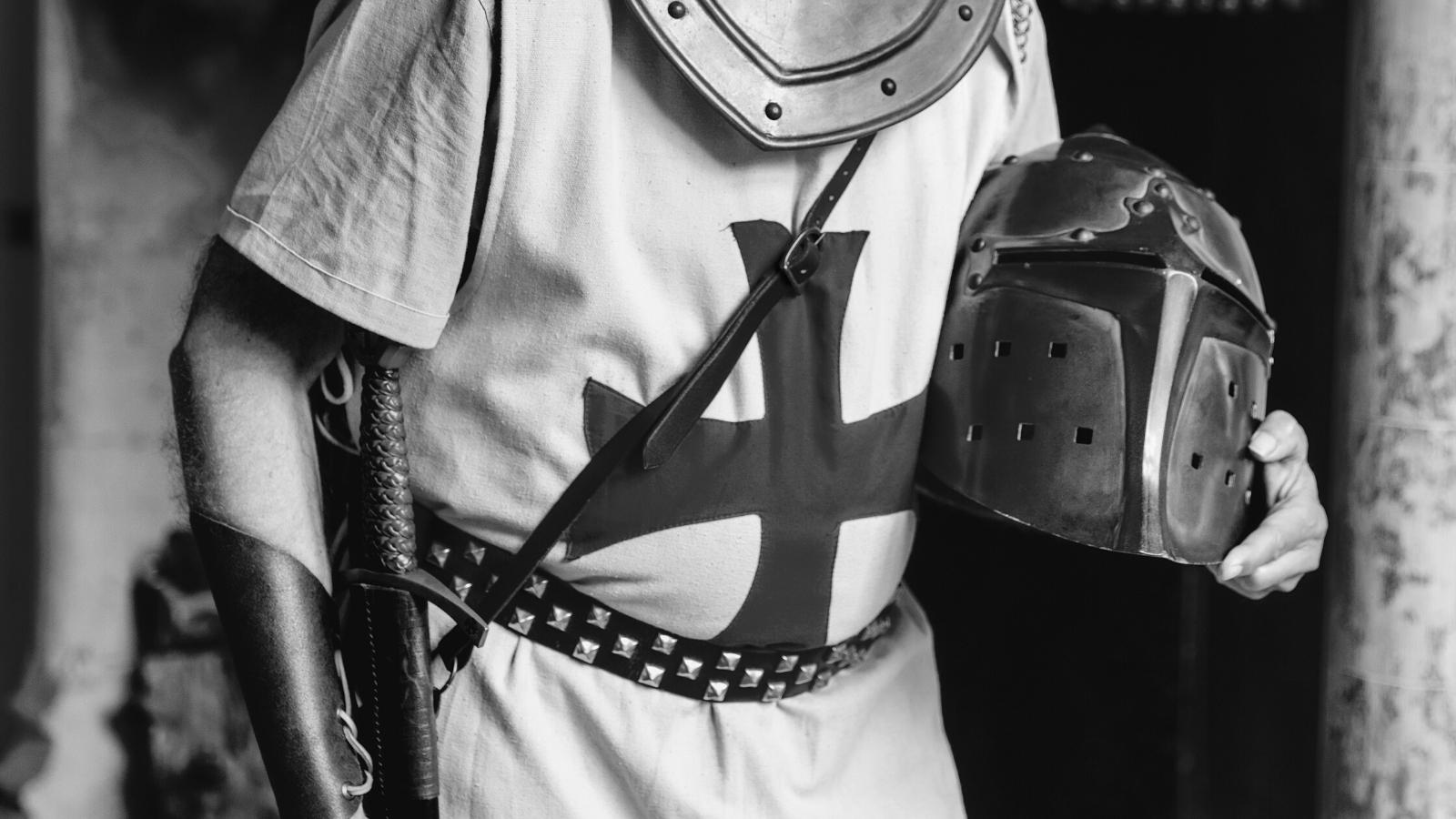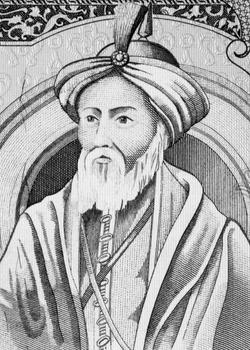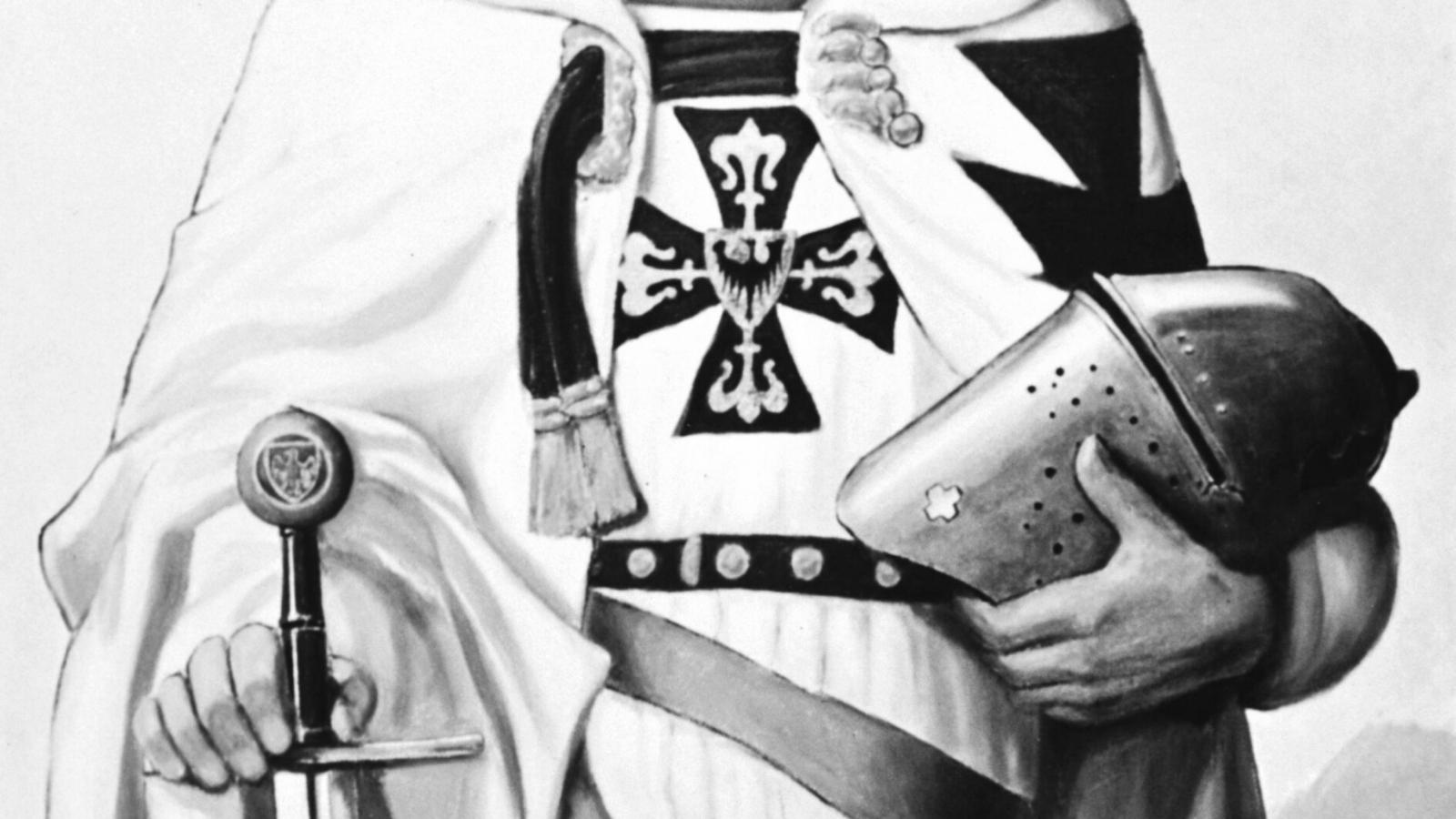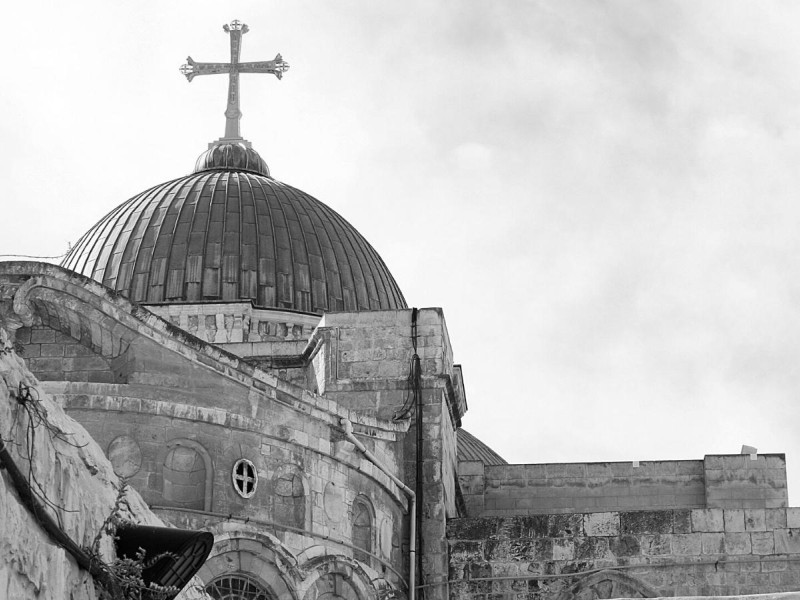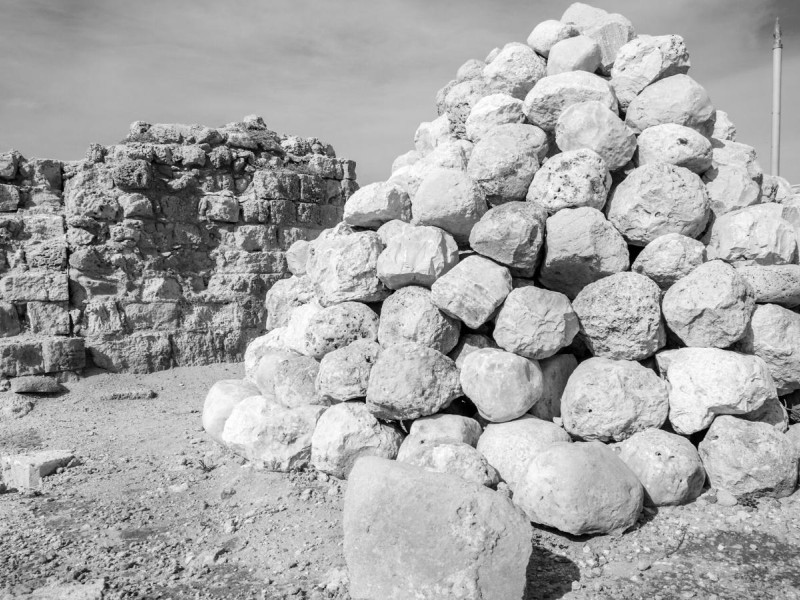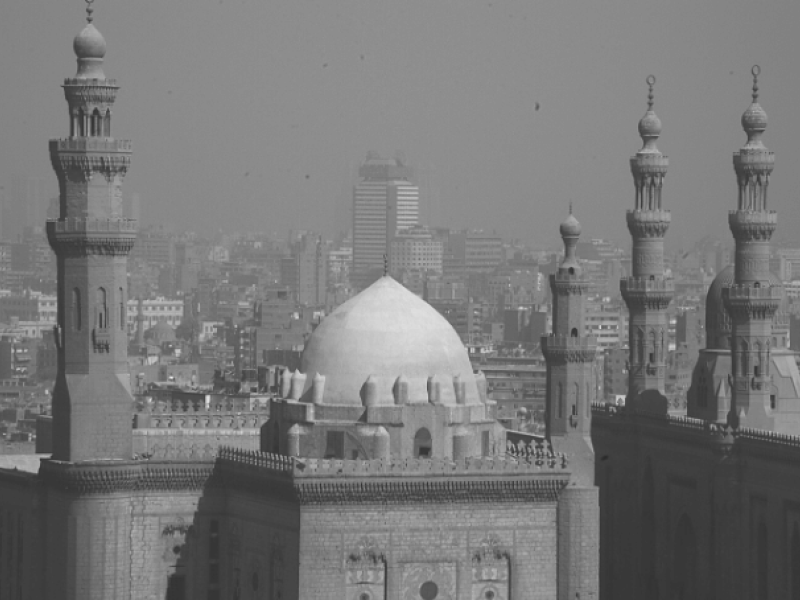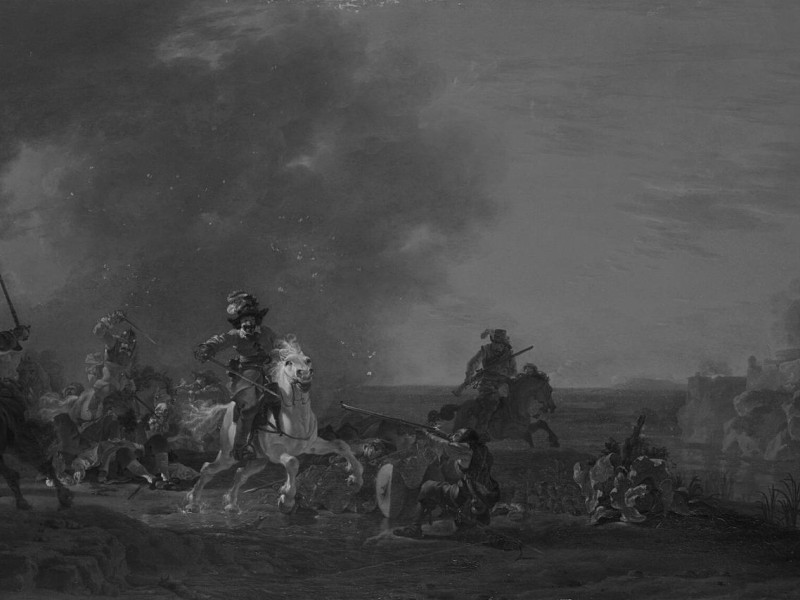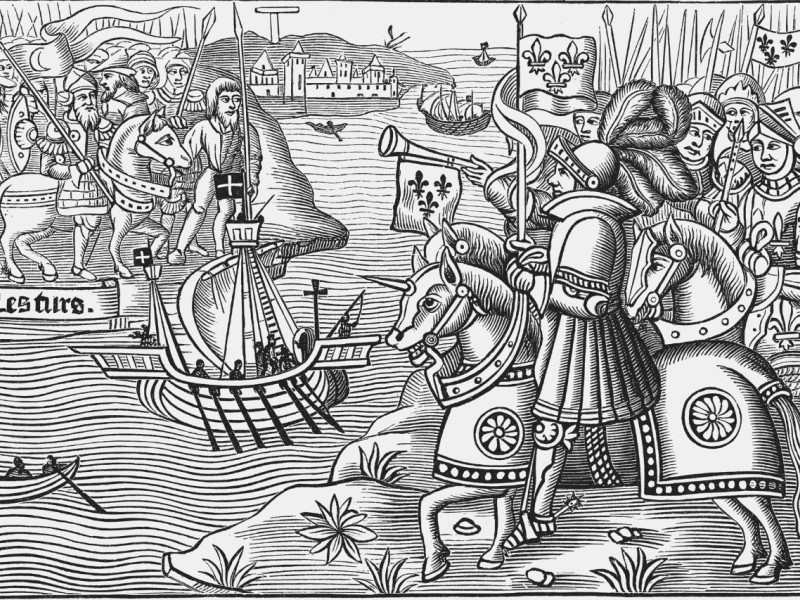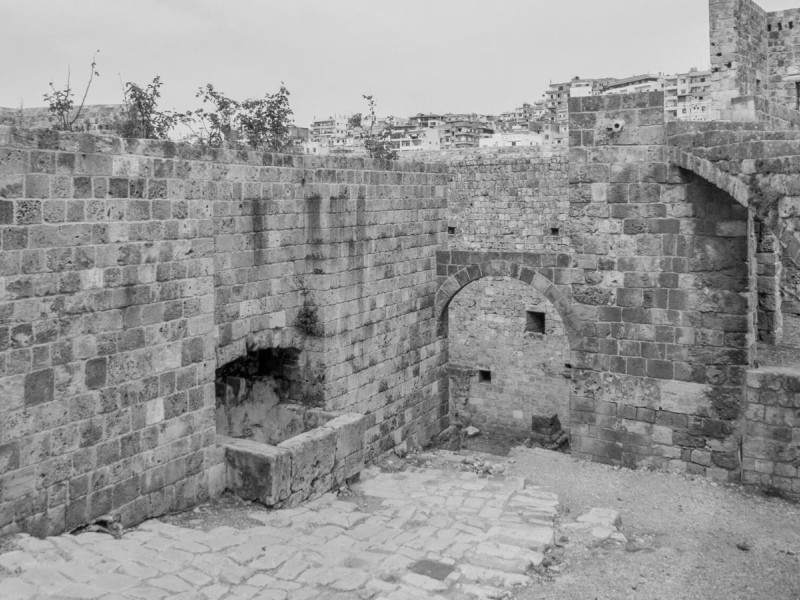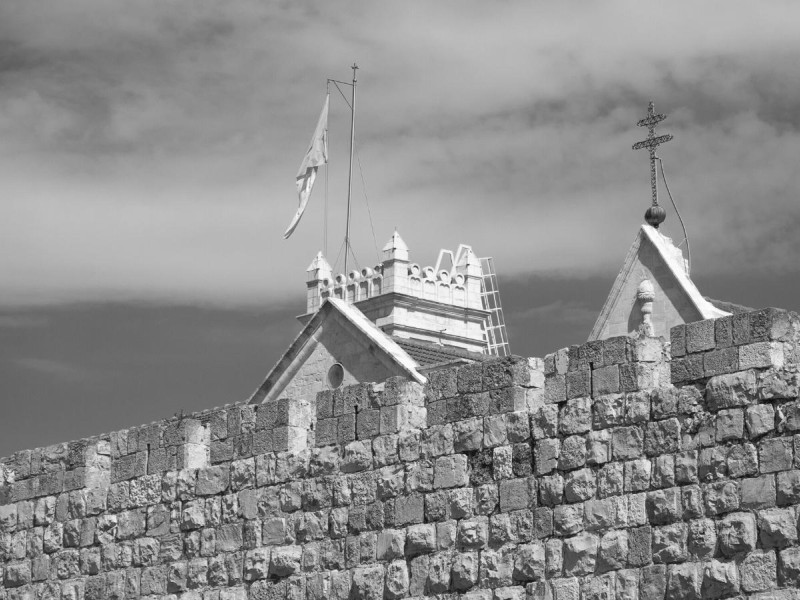The Battle of Montgisard: A Leprous 16-Year Old vs. A Powerful Warrior
The Battle of Montgisard is one of the most famous battles during the Crusades, which ranged from the years 1095-1291. The Battle of Montgisard took place on November 25, 1177, and what occurred there has been retold in both films and novels. The leprous King Baldwin IV was the ruler of the Kingdom of Jerusalem at the time, and he battled against a seasoned warrior, Saladin.
Read to find out how it all turned out, and how a 16-year old proved himself braver than expected.
What Was the Battle of Montgisard?
The entire goal of the Crusades was to keep the “Holy Lands” firmly in the hands of the Christians. The Battle of Montgisard was an integral part of that, as they wanted to keep those lands and holy sites from the Muslims. Conversely, the Muslims wanted them back, since they were holy lands to them as well, and it was a long-standing war between the two factions.
On November 25, 1177, Saladin, leader of the Muslims, and Baldwin IV, leader of the Christians, went head to head. It was a strange sort of battle with Baldwin IV being outnumbered at first, but when Saladin got too confident about the supposed lack of a threat, the tide of battle changed in favor of the Christians.
The Major Players: King Baldwin IV vs Saladin of Egypt
Baldwin IV was given the throne of the Kingdom of Jerusalem when he was only 13. His father had died of dysentery at a young age, and the heir presumptive seemed to be his widowed sister Sibylla, but she had her own story which took place after this battle. Unfortunately, Baldwin IV was diagnosed with leprosy at a young age, which meant he could not marry and sire children.
When Saladin’s power grew, and he became even more of a threat, Baldwin IV was still both weak and young. Saladin was the Sultan of Egypt after he removed the former caliph of that nation.
He was also the Sultan of Syria, and he began the Ayyubid dynasty with his rule. He led his Muslim army against the Christian army of Jerusalem, and he and Baldwin IV were locked in a sort of military dance for years.
Baldwin IV and the Lead-up to the Templar Battle: The Jerusalem Perspective
Since Baldwin IV was young and weak, he knew that he could not live out his reign to the full. His sister needed to marry once more so that he could have someone to pass the throne to after his death. Although women had taken the throne in the past, it was not preferred. A ruler named Philip of Alsace of the Byzantine Empire offered for Sibylla, Baldwin’s sister, to marry one of his subjects.
Instead, Baldwin IV thought it would be even better if he and Philip of Alsace formed a sort of union and fought against the growing power of Egypt, so they planned to create a naval attack on the region.
That fell through, as Philip joined forces with Baldwin IV’s former regent to fight in a different area. Many troops, including some of the Knights Templar, went along with him, and Baldwin IV wasn’t left with much.
Baldwin IV had few soldiers and knights to help defend his territories. At the same time, Saladin was planning on attacking the Kingdom of Jerusalem. He built his forces, which numbered around 30,000, and headed north from Egypt to fight.
Baldwin IV Outnumbered
Baldwin IV heard of Saladin’s plans. Because his military and guard numbers were so depleted, he could only scrape together around 375 knights, making it a war of 375 against 30,000! Baldwin IV left with some hope in his heart, and he went to defend his kingdom at Ascalon, which is south of modern-day Tel Aviv, Israel.
According to records, there may have been more men than that, but no matter the exact number, it was far less than the number of men that Saladin raised. As he traveled north, Saladin heard about Baldwin IV’s paltry numbers and he felt no threat from the Christian quarter. Because of this, he separated his troops.
He sent them out to pillage and plunder as they traveled towards their destination. He also sent some men to besiege Gaza and then some more men to fight at Ascalon. That Gaza siege prevented more Knights Templar from coming to meet Baldwin IV at Ascalon, so he had only his few men, and Saladin had what seemed like tons.
Baldwin IV and Saladin: How the Battle of Montgisard Began
So Baldwin IV had his men, and Saladin had his. Along the way to the journey north, Saladin attacked other areas such as Ramia, Lydda, and Arsuf. He was spreading his men around, and spreading them thin. He had no idea that the men he sent to Ascalan weren’t actually enough, and this mistake was what led to his downfall.
While Saladin was still on his way to Jerusalem, brimming with confidence, Baldwin IV and his men were marching to meet him head-on. They finally met at Montgisard, and it was an interesting thing to behold.
For one thing, Saladin’s army had marched a long way, so they were definitely not as fresh nor were they in their homeland like Baldwin IV’s men. Also, their baggage train had been slowed, so they didn’t have all of their things, and more importantly, all of their weapons, with them.
When they met with the Christian army, they were surprised at how many men there actually were. At this stage, Saladin’s army was spread out all over the place, and he didn’t have as many men as when he started.
They made their battle lines; Baldwin IV held out a relic of the True Cross in front of them and knelt and rose before it. The Christians gathered their strong, well-rested men and threw themselves upon the tired Muslims, causing a lot of damage.
Battle of Montgisard: How a 16-Year-old Surprised a Warrior
Saladin was surprised — shocked, even — that his men were not quite enough to defeat the formerly “paltry” numbers he’d heard about on his journey. Saladin and his men fought against Baldwin’s men and the Knights Templar he was able to gather.
The purpose of the Knights Templar in this region was to protect holy sites while also joining military operations. They were skilled warriors, and when they came up against Saladin’s army, they were able to inflict heavy damage.
Even though Baldwin IV was young and still struggling with the sores from his leprosy, he fought bravely. He was in the thick of it, and he wielded his sword with his torn and bandaged hands.
Saladin was preparing to lead one section of men while his nephew, Taqi-ad-Din, led another group to fight off the King, but his nephew’s son died in the process, and even Saladin’s group of men was quickly overwhelmed.
Saladin had to make his escape, and he did it with a flourish. According to some historians, he was able to run away and escape capture by the Christians by riding off on a racing camel.
Baldwin IV followed Saladin for around twelve more miles, but Saladin was able to escape. On December 8, he returned to Egypt defeated, and he only had a fraction of his men (one-tenth) returning with him.
Baldwin IV and the Aftermath of the Battle of Montgisard
To commemorate his great victory and to honor the dead, Baldwin IV had a monastery erected on the spot where the battle was held. It was a Benedictine Monastery dedicated to St. Catherine of Alexandria, who was chosen because her feast day was on November 25, the same day as the battle. On this battle day, it was reported that 1,100 men had been killed, while 750 men were wounded but were still able to return home.
It’s unclear whether this number of casualties was for the Christian side or the Muslim side. Because of Saladin’s defeat in this battle, he couldn’t help his other allies in wars that occurred soon after. However, he didn’t stay defeated for long.
He was able to regain his strength and eventually returned to Jerusalem to continue the battle for the holy lands. As we know now, it is another long and difficult story, but the Battle of Montgisard gave Jerusalem a breather until Saladin returned.
Saladin’s Defeat: What Was His Next Battle in the Crusades?
Many historians believe that this defeat weakened Saladin to a great extent. It took him some time to rebuild his forces as well as his confidence. The Crusades would be a push and pull between the two factions, and some historians believe that Saladin didn’t regain his forces until much later.
He achieved his “vengeance” at the Battle of Hattin in 1187, which happened a staggering ten years after his defeat!
Before that, he was able to defeat Baldwin IV in the Battle of Marj Ayyun in 1179, but Baldwin IV defeated him again in the Battle of Belvoir Castle in 1182. So the battle of 1187 was Saladin’s proper victory against the Christian forces.
By that time, Baldwin IV had already died from his disease, having passed away in 1185. His sister Sibylla and her husband Guy were now the rulers of the Kingdom of Jerusalem, making Guy the king during Saladin’s victory.
The Battle of Montgisard in Pop Culture
This battle was covered in several pop media outlets:
You can watch a remake of this battle in the movie “Kingdom of Heaven” starring Orlando Bloom.
The battle is also described in a book called “Jerusalem” by the author Cecilia Holland.
The book “Tempelriddaren” by Swedish author Jan Guillou is also about the Battle of Montgisard, and is told from the perspective of the protagonist, Arn Magnusson, who is a high-ranking member of the Knights Templar during the time of the battle.
A movie was created based on the book “Tempelriddaren,” titled “Arn-The Knight Templar.”
Conclusion
Here are the main points of the Battle of Montgisard, including the events that led up to it, what happened during, and how it ended:
The Battle of Montgisard was one of the most famous battles of the Crusades
It occurred on November 25, 1177
It was a battle between the Christians, led by King Baldwin IV of Jerusalem, and the Muslims, led by Saladin, Sultan of Egypt
King Baldwin IV was only 16 years old, and he was suffering from leprosy
The Kingdom of Jerusalem had been under Christian control for a long while, and Saladin was attempting to capture it for his own
Saladin made plans to travel from Egypt to attack Jerusalem, and he took with him about 30,000 men
King Baldwin IV heard about his plans but a lot of his military had been sent elsewhere, so he didn’t have as many men as he needed, only about 375
They traveled to meet each other, and Saladin was confident he would win with all his men
Because of this, Saladin spread out his army far and wide and didn’t have enough to defeat King Baldwin IV
It was a large defeat by Baldwin IV, who also had many Knights Templar at his disposal
Saladin escaped with his life on a racing camel, and he returned to Egypt with only about 1/10 of his men
They battled again over the next few years, and Saladin eventually had his victory at the Battle of Hattin in 1187
The Battle of Montgisard was one of many battles the Christians won during the Crusades, and it can definitely be used as a symbol of their victory over the non-Christian forces of the world.
It was even more thrilling since a young, diseased king was able to defeat a seasoned warrior in a huge upset. In the end, the groups came to a sort of compromise, but even today, problems still brew over the famed and holy city of Jerusalem.
